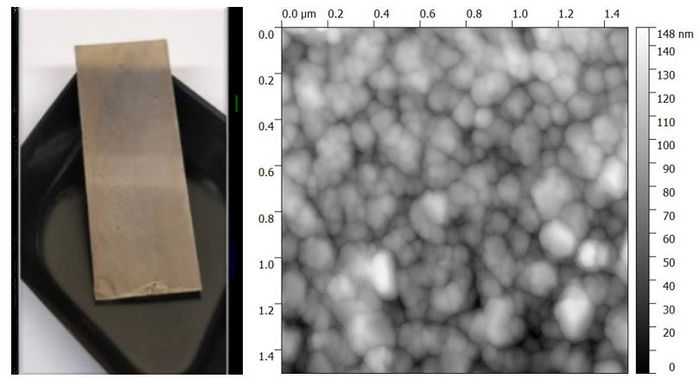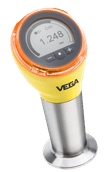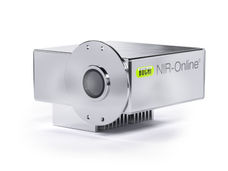Enhanced arsenic detection in water, food, soil
Sensor can identify the global content and form of arsenic-containing molecules at very low concentrations
It is a cruel paradox that on a planet with a surface mostly covered by water, hundreds of millions of people don’t have access to clean drinking water. As for the pollution of potable and natural water sources, one of the main culprits is arsenic, an abundant and toxic element in the earth’s crust. Arsenic is currently known as the cause of groundwater contamination in more than 100 countries – and can produce life-threatening diseases, especially for populations in developing countries. Such circumstances necessitate efficient and reliable arsenic detection methods for water, food, and soil.

(Left) A sample of a silver nanostructured film, deposited by the electroless technique on a glass plate with dimensions 2.5 x 7.5 cm. (right) A zoom in on the silver nanostructured electroless film at 1.5 µm x 1.5 µm by atomic force microscopy.
Dominique Vouagner
In Journal of Applied Physics, from AIP Publishing, a team of French scientists fabricated sensitive nanostructured silver surfaces to detect arsenic, even at very low concentrations.
The sensors make use of surface-enhanced Raman spectroscopy (SERS). As a molecule containing arsenic adheres to the surface, it is also hit with a laser. The arsenic compound scatters the laser light, creating an identifiable signature that indicates its presence.
“Arsenic exists in water in different forms, so it is important to be able to quantify the species, in addition to the global content,” said author Dominique Vouagner. “By using SERS, we can detect and speciate pollutants even at the lowest concentration. This includes arsenic, which should not exceed 10 ppb, as per the World Health Organization’s recommendations.”
The team compared the detection and speciation performances of two SERS substrates. One was prepared by conventional thermal evaporation, where material is heated until it vaporizes. The other was created with an electroless process, in which a coating is deposited on a material by submerging it in a liquid and instigating a chemical reaction. The latter was revealed to be much more sensitive and is relatively easy and safe to produce, according to Vouagner.
“Our technique for developing this SERS substrate makes it simple to manufacture because the electroless films can be easily deposited on various substrates,” she said. “Plus, the starting compounds have low environmental toxicity, which is a benefit for detection measurements in natural as well as potable water.”
The technique is a departure from existing reference methods for trace arsenic speciation, which are time-consuming and expensive. Conventional methods also require sample pre-treatment in a lab, so they are not ideally suited to on-site field assays.
Additionally, the new method employs the use of a solid substrate, which enables optical interrogation.
“Because they’re less ‘noisy,’ optical detection systems are much more sensitive than electronic systems,” said author Bernard Dussardier. “At the same time, they’re less sensitive to parasitic electromagnetic fields. Also, the SERS technique allows direct physical-chemical property measurements, whereas electronic systems, and some other optical systems, are indirect.”
Original publication
Other news from the department science
These products might interest you

VEGABAR /VEGAPULS / VEGAPOINT by VEGA Grieshaber
Level and pressure sensors - CIP-cleanable up to 150 °C
Find out more about the hygienic, reliable and efficient sensors from VEGA

BUCHI NIR Solutions for the food industry by NIR-Online
Monitor processes in real time - even under harsh conditions
Measure moisture, protein, oil, ash, etc. simultaneously

Get the food & beverage industry in your inbox
By submitting this form you agree that LUMITOS AG will send you the newsletter(s) selected above by email. Your data will not be passed on to third parties. Your data will be stored and processed in accordance with our data protection regulations. LUMITOS may contact you by email for the purpose of advertising or market and opinion surveys. You can revoke your consent at any time without giving reasons to LUMITOS AG, Ernst-Augustin-Str. 2, 12489 Berlin, Germany or by e-mail at revoke@lumitos.com with effect for the future. In addition, each email contains a link to unsubscribe from the corresponding newsletter.





























































